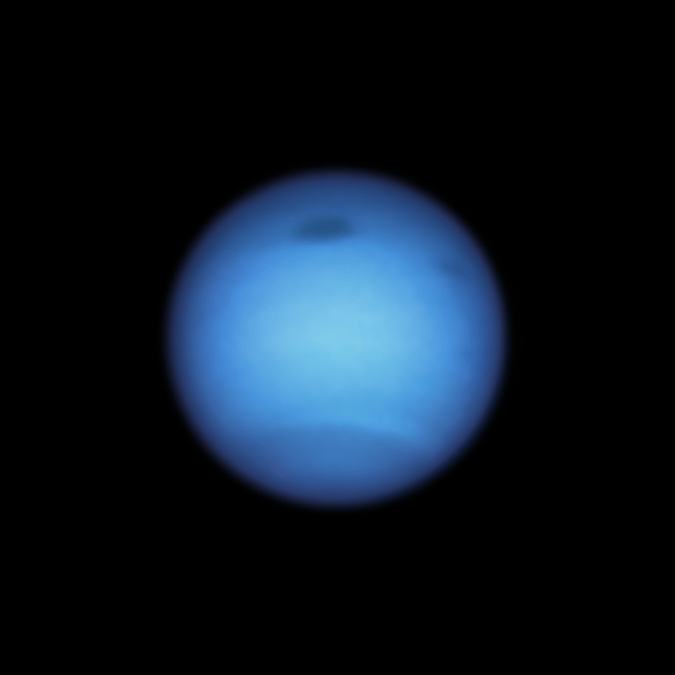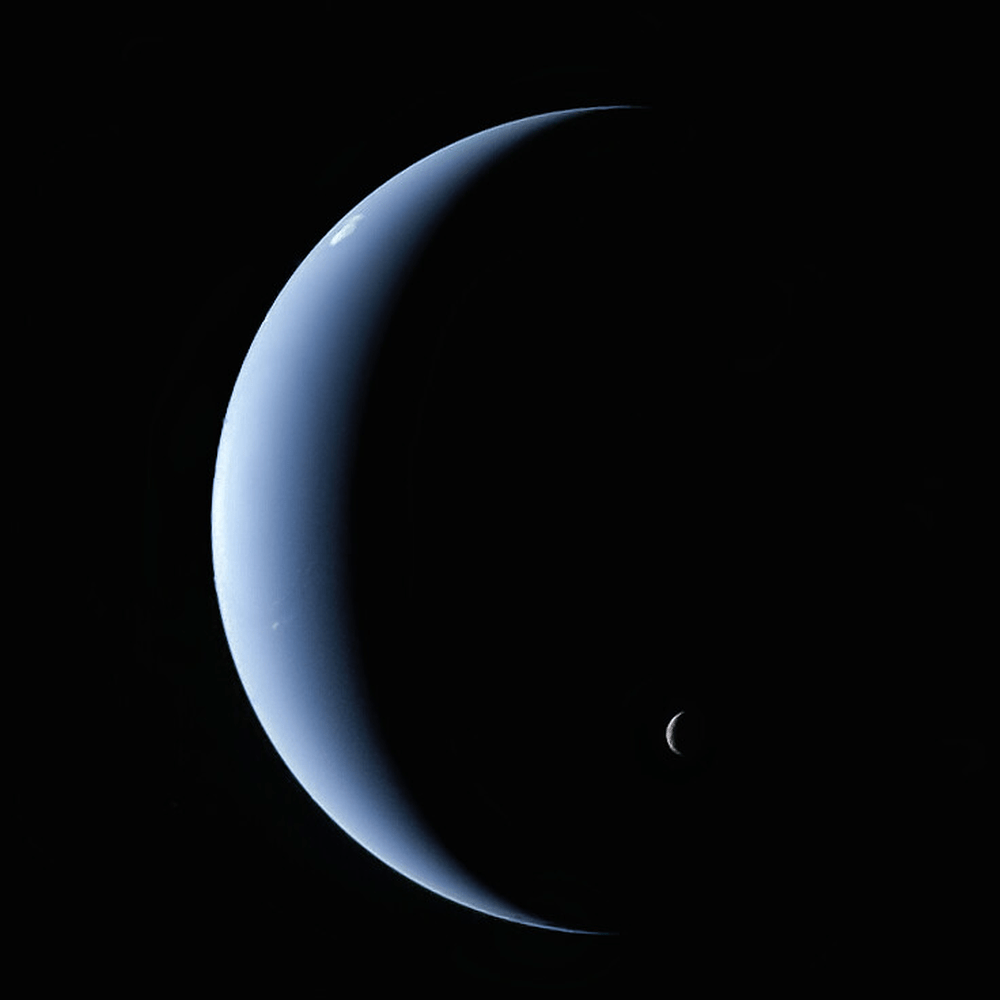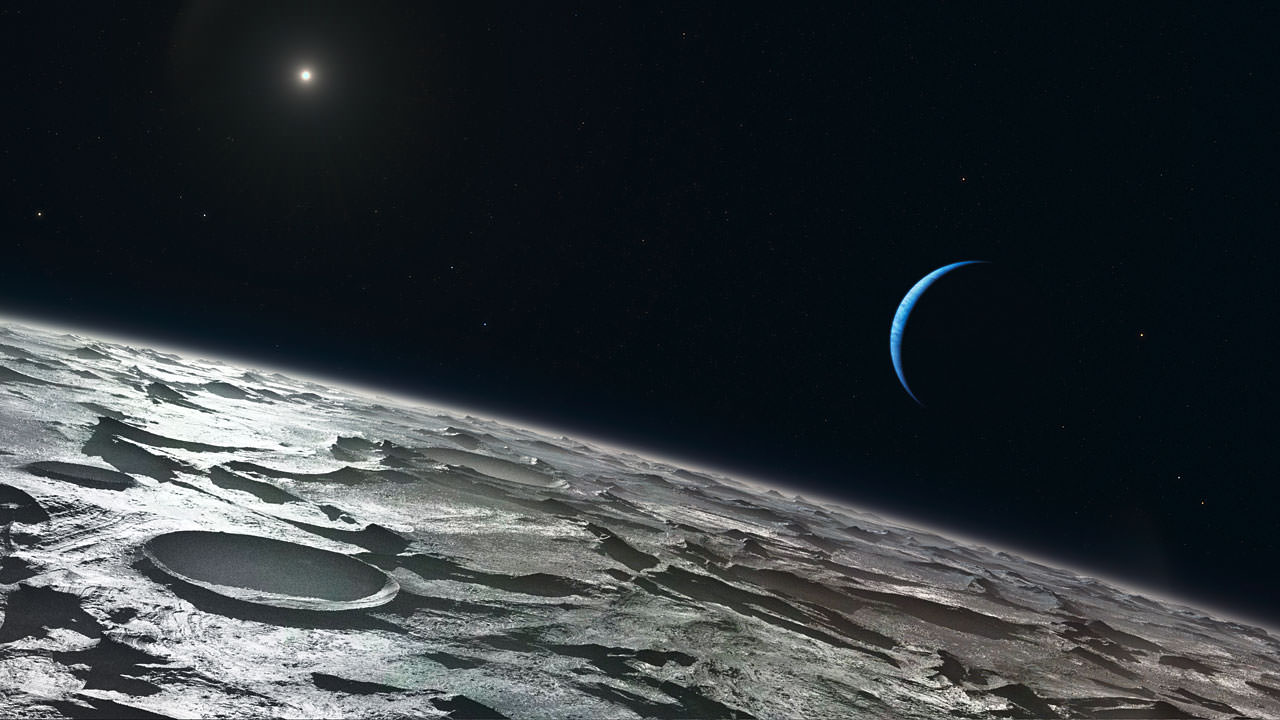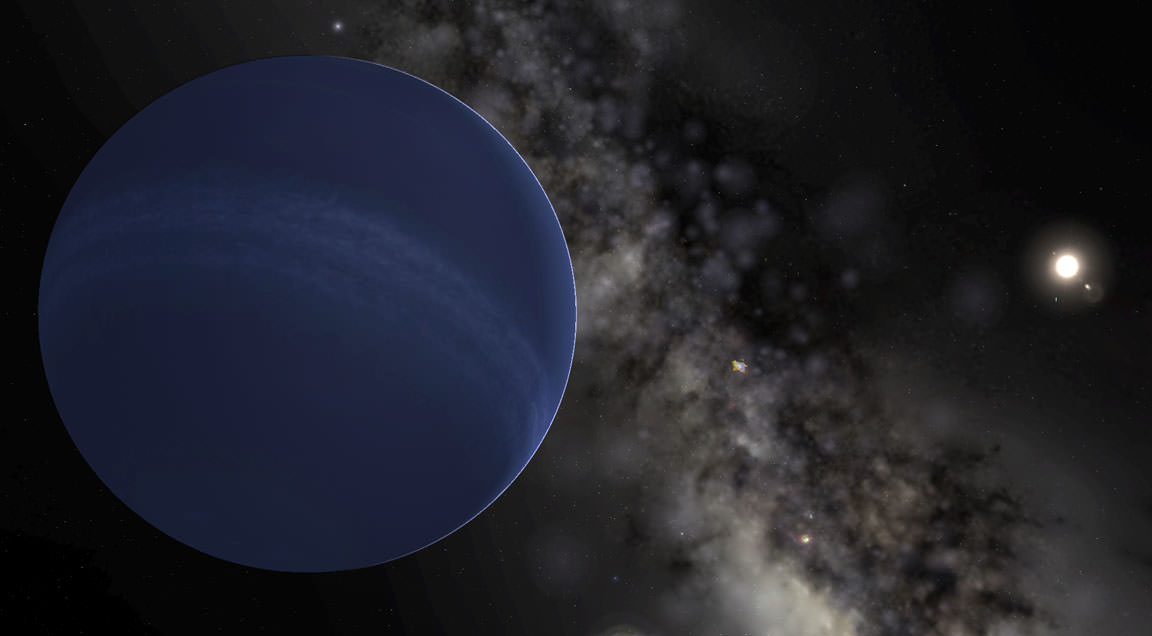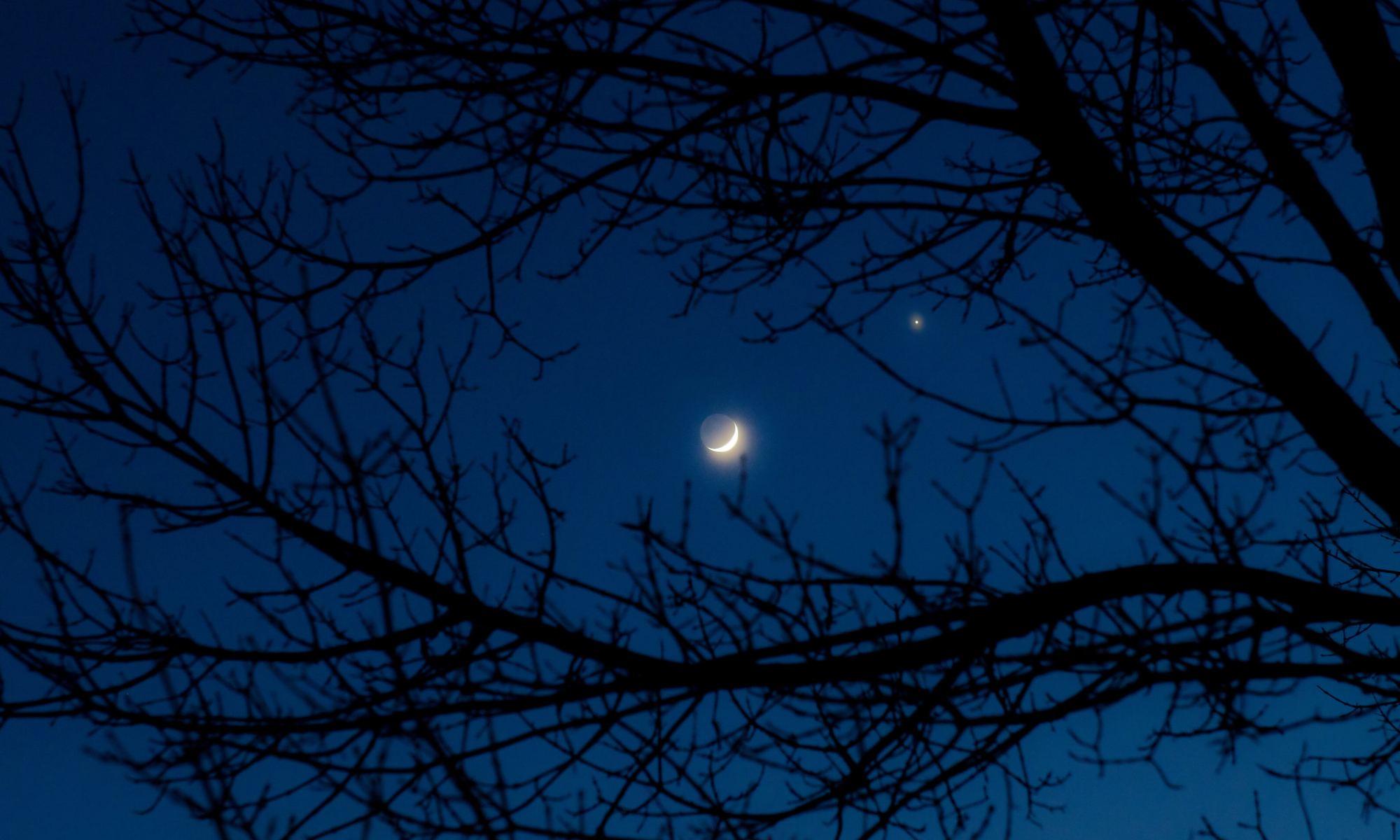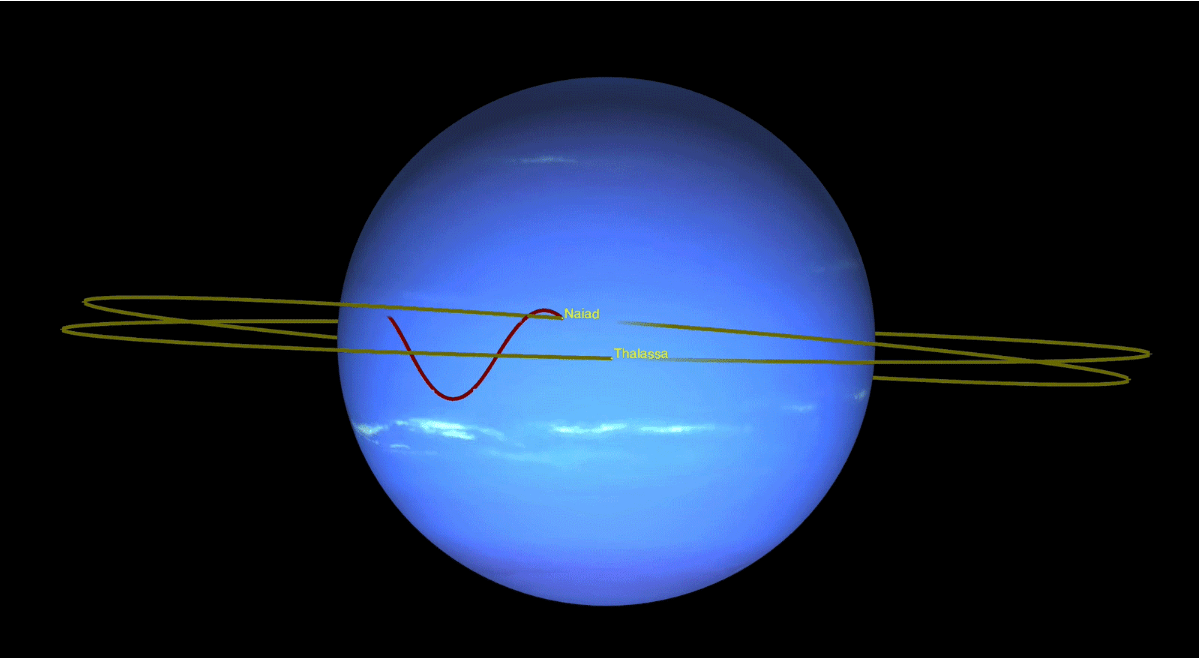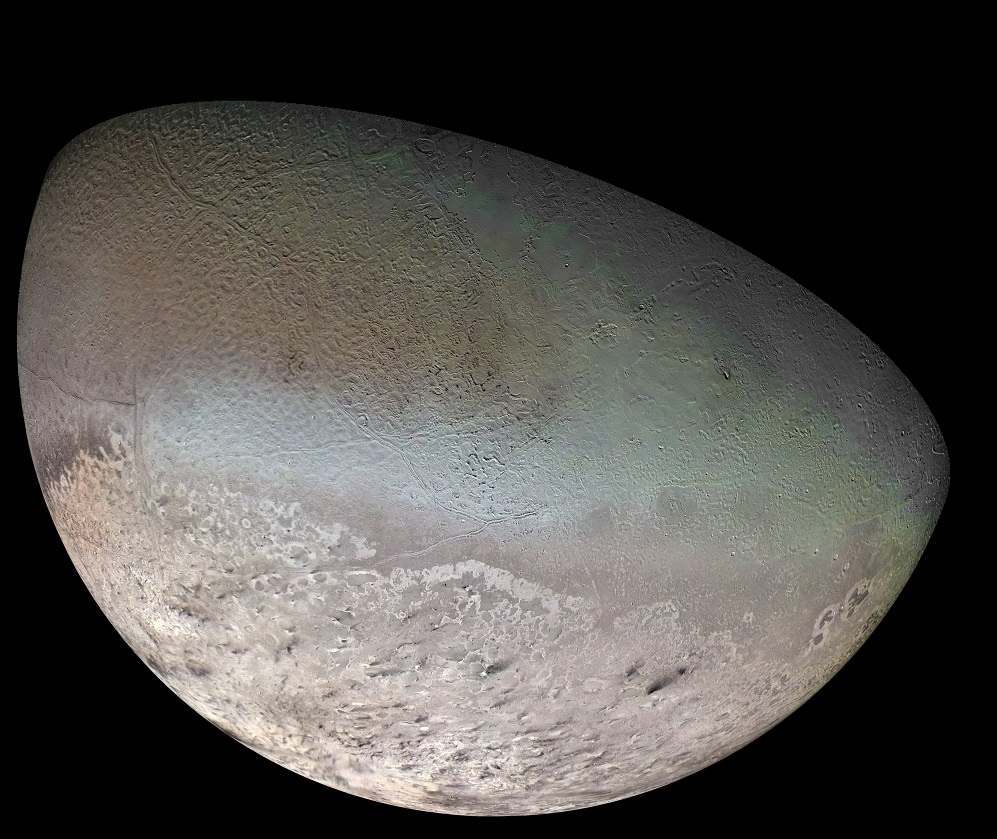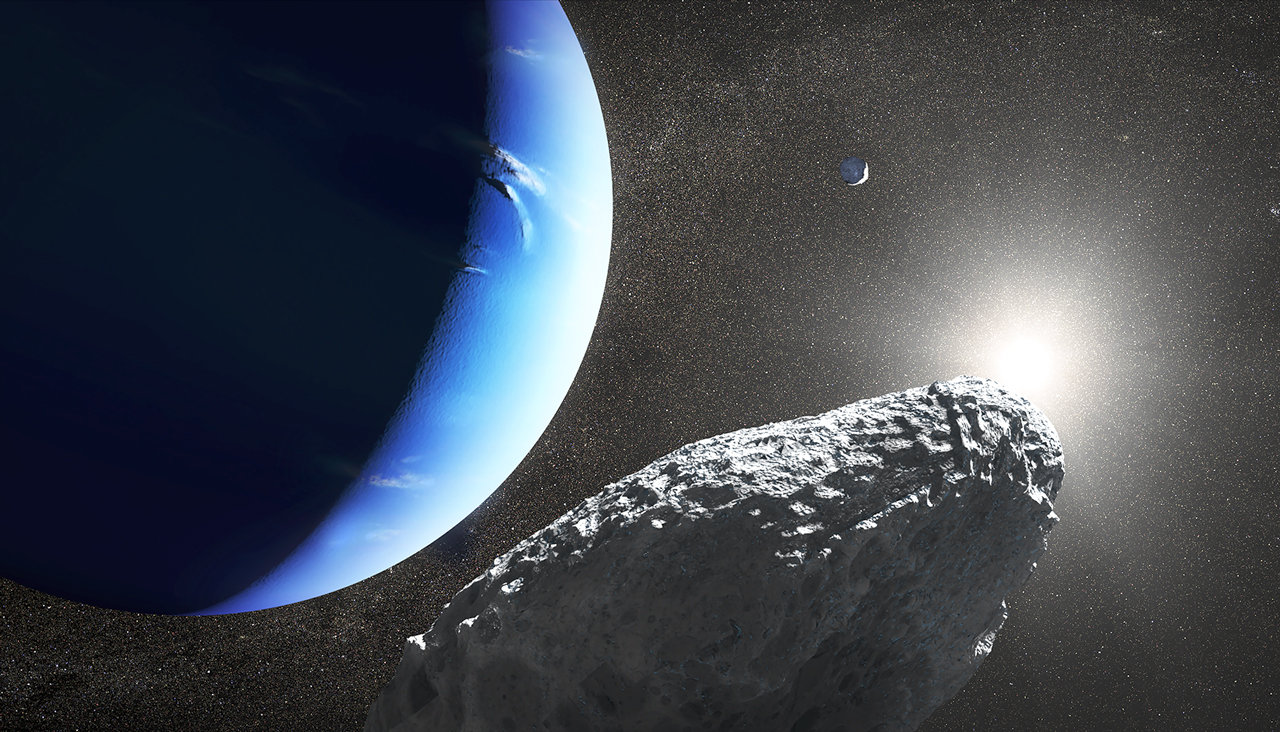Storms on Neptune seem to follow a pattern of forming, strengthening and then dissipating over the course of about two Earth years. But a Neptunian storm spotted in the planet’s atmosphere over two years ago has done something quite different: it has reversed course and is still going strong.
Continue reading “Hubble Releases a New Image of Neptune, Revealing a Rapidly Shifting Storm”Hubble Releases a New Image of Neptune, Revealing a Rapidly Shifting Storm
